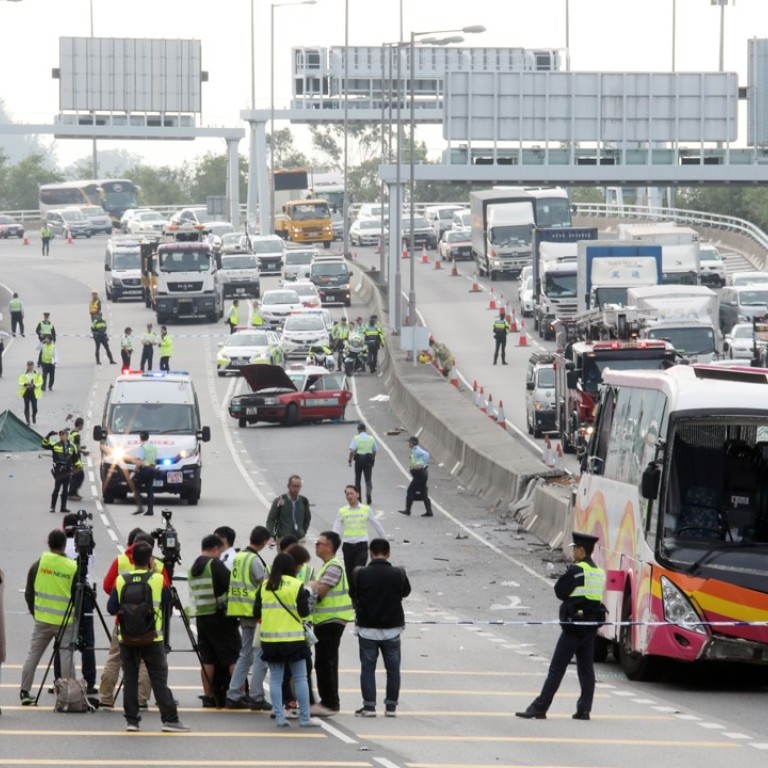
Letters | Five ways Hong Kong can improve road safety
Most traffic incidents are avoidable, and a strong emphasis on preventive measures should be the focus of both transport companies and the public.
Third, drivers with a record of causing death or severe injury while on the job should be banned from the industry.
Fourth, it is a common practice for transport companies to deprive drivers of attendance bonuses if they take sick leave. Therefore, drivers tend to go to work even if they are ill. Drivers on medication might feel drowsy at the wheel, which is a safety risk.
Drivers, as well as industrial workers in other sectors, should be protected by labour laws and be entitled to paid sick leave without facing deductions from their attendance bonus.
Finally, regular maintenance check-ups and the installation of safety belts on all vehicles are needed.
Kwok Tak-ming, Wong Tai Sin

